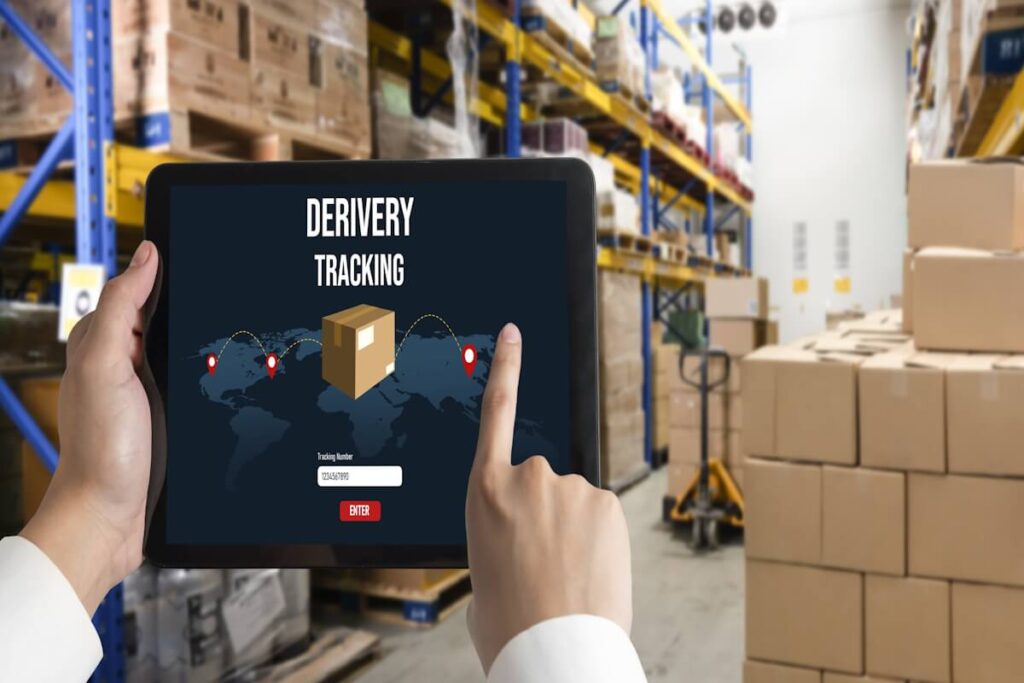Containerization has revolutionized the way enterprises develop and deploy applications. However, with this new technology comes new security challenges. In this article, we will discuss some best practices for ensuring the security of containerized enterprise applications.
Use a Trusted Base Image
When building a containerized application, it is important to start with a trusted base image. Using official images from Docker Hub or other reputable sources can help ensure that your container is free from vulnerabilities and malware. Avoid using images from unknown or untrusted sources.
- Conduct regular security scans on base images to identify and address any potential vulnerabilities.
- Consider using tools like Clair or Anchore to automatically scan base images for security issues.
- Create a repository of approved base images that have been vetted for security to streamline the image selection process.
Keep Containers Updated
Just like any other software, containers need to be regularly updated to patch security vulnerabilities. Make sure to regularly update your base image and any dependencies to ensure that your containerized application is secure. Automating the update process can help ensure that your containers are always up-to-date.
- Implement a continuous integration/continuous deployment (CI/CD) pipeline to automate the testing and deployment of updates.
- Utilize tools like Jenkins or GitLab CI/CD to schedule and manage container updates.
- Monitor vulnerability databases and security advisories to stay informed about potential security threats and necessary updates.
Implement Role-Based Access Control
Implementing role-based access control (RBAC) is essential for securing containerized enterprise applications. Limiting access to containers based on user roles can help prevent unauthorized access and reduce the risk of security breaches. Make sure to regularly review and update access controls to reflect changes in your organization.
- Define granular access control policies based on job function, project requirements, and data sensitivity.
- Utilize tools like Kubernetes Role-Based Access Control (RBAC) to enforce access restrictions within your containerized environment.
- Conduct regular audits of access permissions to ensure compliance with security policies and regulatory requirements.
Use Network Segmentation
Network segmentation is a crucial security measure for containerized applications. By segmenting your network into different zones or subnets, you can limit the spread of malware and contain potential security incidents. Use tools like Kubernetes Network Policies to enforce network segmentation and control traffic flow between containers.
- Utilize firewalls and network policies to restrict communication between containers and external networks.
- Implement micro-segmentation to isolate critical workloads and prevent lateral movement of threats.
- Regularly review and update network segmentation rules to align with changing business requirements and security best practices.
Monitor and Audit Container Activity
Monitoring and auditing container activity is essential for detecting and responding to security incidents. Use tools like Prometheus and Grafana to monitor container performance and security metrics in real-time. Implementing auditing mechanisms can help you track changes to containers and identify any unauthorized activity.
- Set up alerts and notifications to proactively monitor container behavior and detect anomalies.
- Use centralized logging solutions like ELK Stack or Splunk to aggregate and analyze container logs for security insights.
- Conduct periodic security audits to evaluate the effectiveness of your monitoring and auditing processes.
Encrypt Data in Transit and at Rest
Encrypting data in transit and at rest is critical for protecting sensitive information in containerized applications. Use TLS certificates for encrypting communication between containers and external services. Implement data encryption mechanisms like transparent data encryption (TDE) to secure data stored within containers.
- Utilize strong encryption algorithms like AES or RSA to protect data both in transit and at rest.
- Implement secure key management practices to safeguard encryption keys and prevent unauthorized access.
- Regularly rotate encryption keys and certificates to mitigate the risk of cryptographic attacks and data breaches.
Conclusion
In conclusion, securing containerized enterprise applications requires a multi-faceted approach that includes using trusted base images, keeping containers updated, implementing RBAC, network segmentation, monitoring container activity, and encrypting data. By following these best practices, you can enhance the security of your containerized applications and protect your organization from potential security threats. Contact us to access top-tier enterprise app development services and transform your business operations. Let’s innovate together!
FAQs:
Why is it important to use a trusted base image when building a containerized application?
- Starting with a trusted base image helps ensure that your container is free from vulnerabilities and malware, enhancing security.
2. How can I ensure the security of my containerized application by keeping containers updated?
- Regularly updating your base image and dependencies helps patch security vulnerabilities and ensures that your containerized application is secure.
3. Why is implementing Role-Based Access Control (RBAC) essential for securing containerized enterprise applications?
- Implementing RBAC limits access based on user roles, preventing unauthorized access and reducing the risk of security breaches.
4. What is the significance of using network segmentation for containerized applications?
- Network segmentation helps limit the spread of malware and contain security incidents by dividing the network into different zones or subnets.
